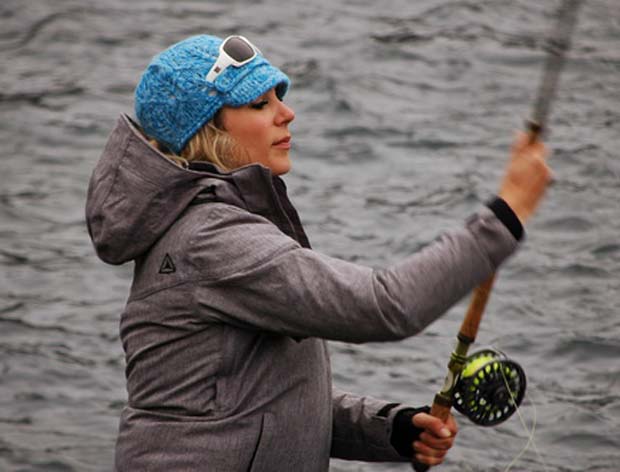 By Kirk Deeter / Field & Stream
By Kirk Deeter / Field & Stream
[dropcap]I[/dropcap]t’s good to have some spey casting techniques in your arsenal, even when you do 99 percent of your fishing with a single-hand rod. Don’t get me wrong. The classic overhead cast is still most anglers’ bread and butter, as it should be. Perfecting the stroke of accelerating and stopping the rod to generate good loops is going to matter most in the long run.
But what about those situations when you have obstructions like bushes or a high bank behind you? Smart anglers also know that the leading factors that spook fish are motions and shadows overhead. That’s true on the trout stream or the bonefish flat. So minimizing false casts overhead helps you hook up more often. (I don’t roll cast very often on the bonefish flat, but sometimes I do.) The lower profile roll cast is particularly effective when you’re working a trout or salmon run perpendicular to the current flow. But there are a few simple tricks to remember to make spey casts and even simple roll casts work best.
 It all boils down to three things: rod position, water tension, and timing
It all boils down to three things: rod position, water tension, and timing
Even single-hand fly rods average 9 feet in length for a reason. When casting—and mending, for that matter—you want to be sure to take full advantage of that leverage. In the context of roll casting and spey casting, it’s important to load the rod with the tip of the rod in a relatively low position. You cannot generate the power you need to make a sharp cast when you start with your rod tip pointed straight at the sky.
To read complete story click here […]





